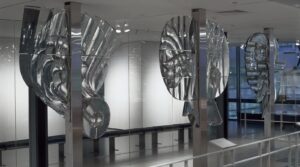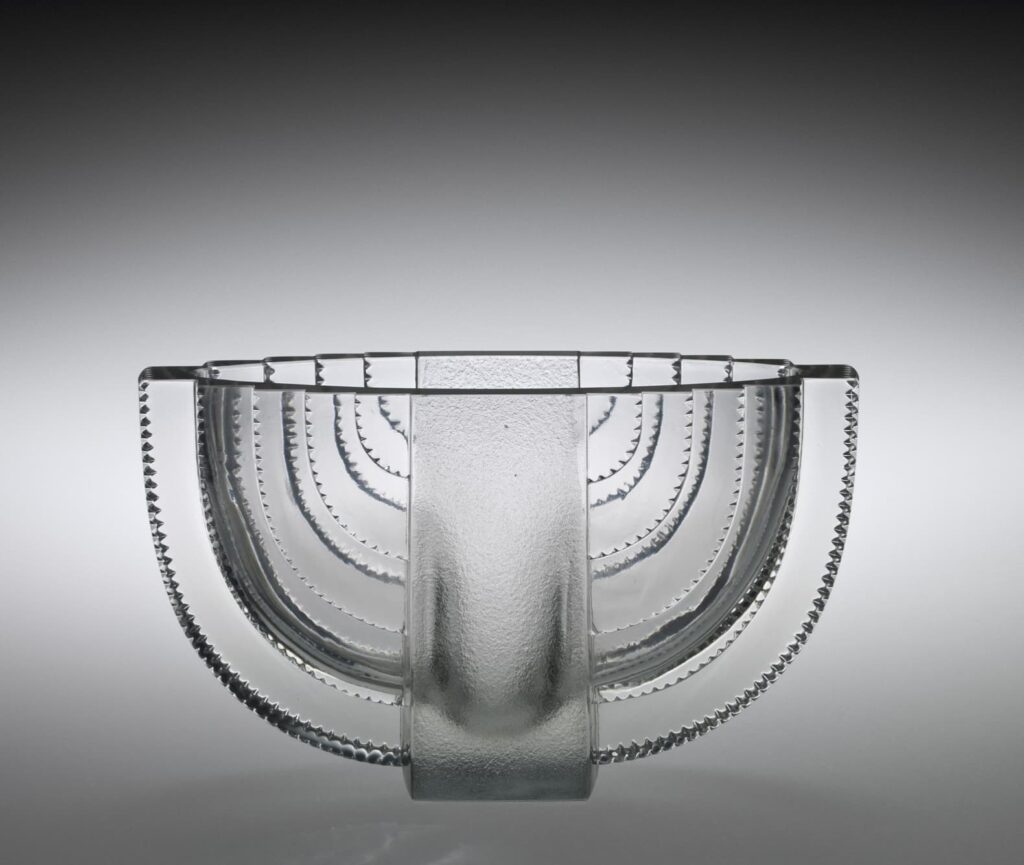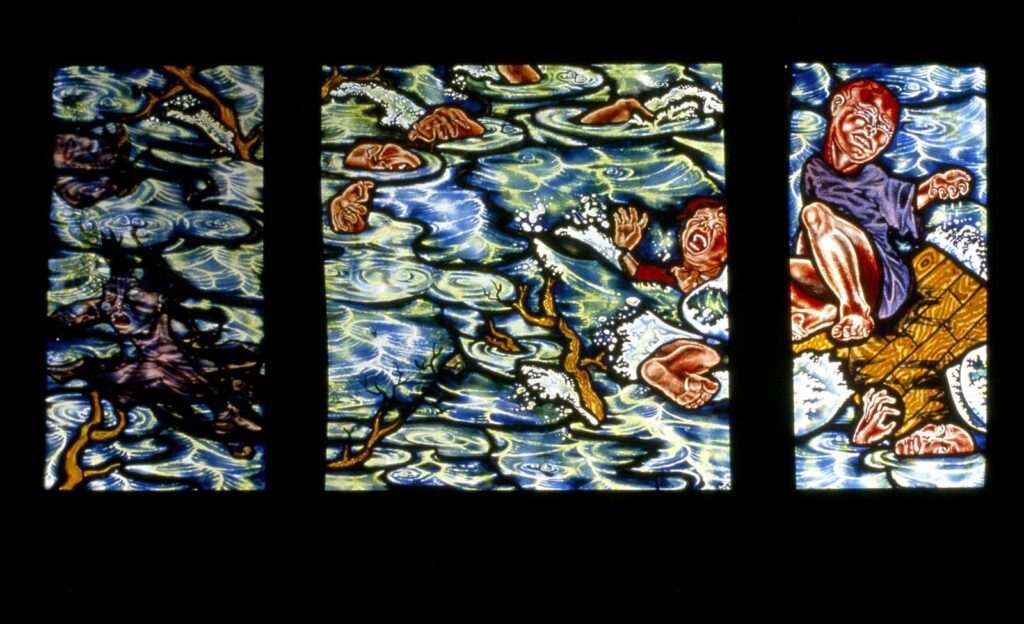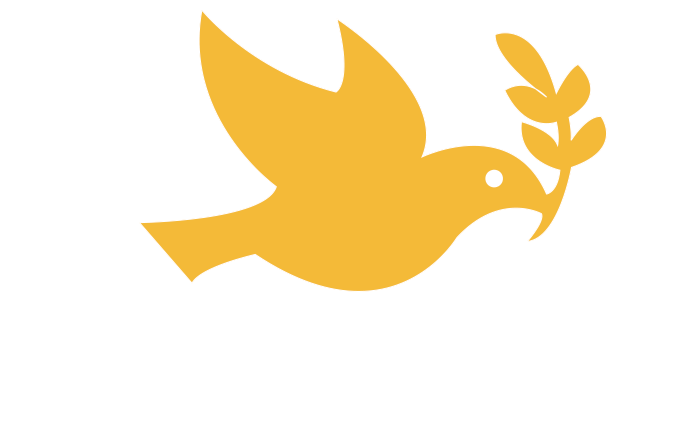We met with the Education Director in November 2019 to consult on images related to all faiths in the world renowned Corning Museum of Glass (CMoG) Collection.

Dr. Kris Wetterlund invited STIC on an interfaith tour of the museum featuring exhibits which represent or call forth various religious traditions and practices. The thought was that STIC board members would hold our next meeting at the Museum and begin selecting appropriate exhibits by ourselves taking a tour and identifying such items for a “Celebration Tour.”
That would be the first step in planning an educational experience fitting the goal of inspiring people to “See Glass in a New Light.” People from as many religious practices as possible would be invited to be part of the naming of exhibits process.
Kris Wetterlund and Troy J Smythe welcomed us on November 21, 2019. Dr. Wetterlund was the Director of Education and Interpretation at the time and both strategized and oversaw the vision for education and interpretation throughout the Museum to meet the needs of the diverse audiences the Museum serves until her retirement in 2020. Reaching out to us before the Winter Holiday season to ask us to help highlight items in the collection of significant interest to multiple faiths.
Kris reviewed CMoG’s Interfaith Tour program objectives. Troy shared a slide deck of the 14 pieces in the “Celebration Tour.” We all toured CMoG galleries noting pieces with religious significance.
Kris and Troy photographed pieces that STIC members identified for possible inclusion. CMoG will collect lots of suggestions and winnow these down for the Tour. STIC members can review pieces on the CMoG website and propose additional suggestions. Kris can request that pieces not currently on display be displayed. In addition, a sub-committee is invited to spend more time at CMoG. Contact Kris to arrange. Finally, STIC members are encouraged to invite congregations to attend and request a tour guide.

Transparency is one of the most important and most characteristic aspects of glass. It is penetrating; it dematerializes the material and connects it with the atmosphere. The architectural installation Meteor, Flower, Bird was commissioned by The Corning Museum of Glass in 1978. Created in collaboration with Museum architect Gunnar Birkerts, the sculpture was conceived in three parts and composed of multiple cast glass elements that are attached to a steel structure. Meteor incorporates the Museum’s logo and represents Corning as the international center for information about glass. Flower symbolizes the eternal beauty of glass and reflects the organic, amorphous shape of the silver Birkerts building. Bird is represented by the dove of peace, which refers to the global language of glass that is unrestrained by borders.
The image below in this post is the Vase, “Villard”. It is Colorless glass; mold-pressed and acid-etched. this object is a Menorah-shaped vase with four sets of five arched and notched menorah arms stretching out and upward from a rectangular midsection.

Lalique et Cie, Manufacturer. Courtesy CMOG.
The mirror is unusual, and it may have been repaired with more recent bone elements along the base. The candelabrum resembles the menorah on a lintel in the Byzantine synagogue at Nawa in the Hauran, where the central light of the menorah is in the form of a large disk raised above the level of the other lights. Similarly, on contemporaneous earthenware lamps, the position of the central disk corresponds to that of the nozzle, so that the light of the lamp appears to come from it. The human figure would be unusual on a Jewish ritual object, but perhaps the mirror may have been a household item. The pigment is discolored and has migrated over the back surface, concealing details of the carving.
The Museum has a video tour of Ancient and Islamic Glass:
Caught in a Flood is a horizontal format triptych comprised of two small vertical side panels flanking large center panel (almost square); overall polychrome scene of parts of six figures caught in turbulent blue green water; two figures in left panel are plated over with colorless glass, whole figure dressed in amethyst shirt in right panel sits on painted wooden raft fragment, parts of tree branch extend from waves; deep wooden frame partially covered in gold foil; traced through enamel in lower right corner of central panel.


